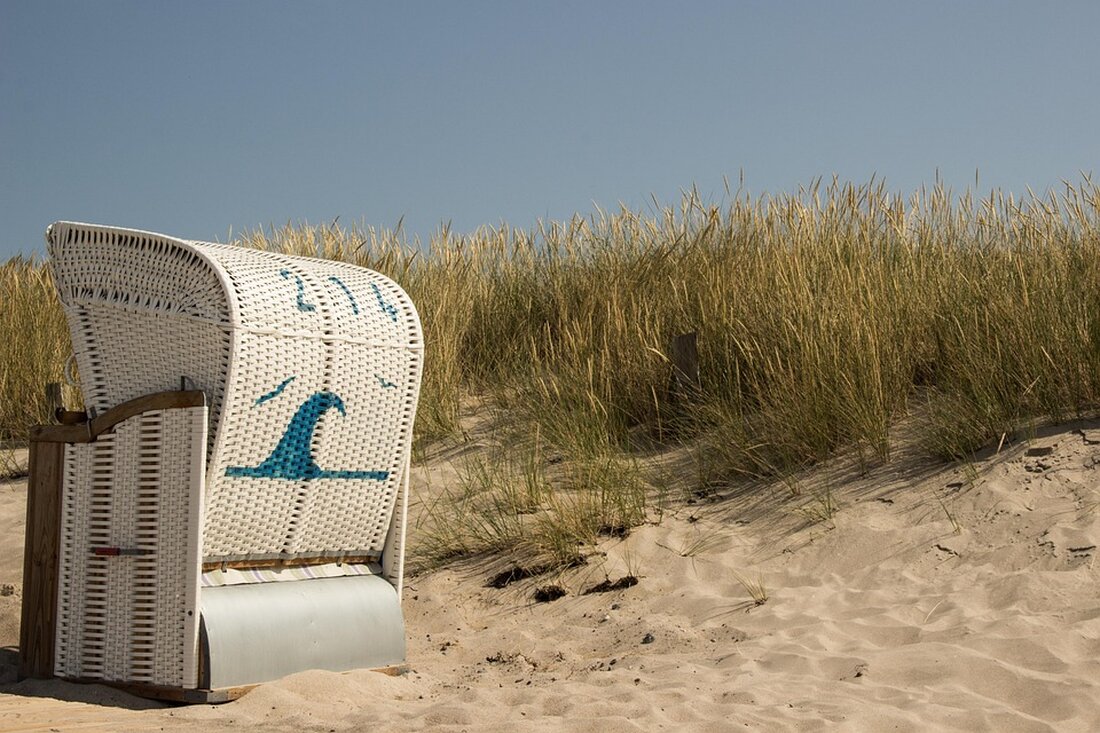Mass tourism threatens faith culture: The church in an environmental protection dilemma!
The article highlights the challenges of mass tourism and the importance of sustainable travel models, especially in sacred places, while raising awareness of respectful behavior and ecological responsibility.

Mass tourism threatens faith culture: The church in an environmental protection dilemma!
In today's discussion about tourism and its effects, the focus is on sacred places and the responsibility of church institutions. Criticism of mass tourism, especially in religious spaces, is becoming increasingly louder. Loud Michael's Covenant High visitor numbers can be observed especially during popular events such as the Oktoberfest or Advent in Munich's inner city churches.
The search for alternative forms of travel is becoming increasingly important in this context. Small pilgrimage routes, unknown places as well as spaces for peace and meditation are brought to the fore. These alternatives are not only designed to divert tourism, but also promote a respectful approach to sacred spaces and an appreciation of culture. The focus is on raising travelers' awareness of the meaning and symbolism of these special places.
Sustainability in tourism
In addition to the criticism of mass tourism, the concept of sustainable travel has become increasingly central. Mass tourism is often associated with crowded beaches and cities, where large crowds of people congregate in a limited space. An example of this is the coast of Mallorca in August. This rush puts a strain on the capacities of travel destinations and has both ecological and economic impacts Planet knowledge reported.
The loss of local culture is also on the list of negative effects. Many locals have to give up traditional jobs to meet the needs of tourists. Sustainable tourism, also known as ecotourism, is a response to the challenges of mass tourism and occupies an important place in the modern travel world.
The three pillars of sustainable travel
According to the UN guidelines, sustainable tourism includes three essential pillars: environmental protection, cultural respect and economic development. When choosing the means of transport, the CO2 balance is crucial; Air travel has the highest ecological footprint. For example, a return flight from Düsseldorf to New York produces around 2.8 tonnes of CO2 equivalents. In comparison, train travel offers a more environmentally friendly option.
When arriving at their destination, tourists should prefer sustainable transportation, be it walking, cycling or kayaking, rather than motorized transport. In addition, CO2 compensation can be achieved through donations to organizations such as “Atmosfair”.
The influence of travelers
The impact of tourism on the environment is undeniable. Hotels consume a lot of water and produce waste that is often twice as high as in everyday life. However, travelers can minimize their environmental footprint by forgoing more frequent towel changes and choosing local inns, which are often more energy efficient and support the local economy.
Another topic is the critical examination of activities with animals. Tourists are encouraged to make environmentally friendly choices, such as bringing their own cutlery and avoiding single-use plastic. Many travelers today want environmentally and socially responsible tours, which is increasingly influencing the entire tourism industry.
Overall, the discussion about sustainable tourism continues, and the path to respectful interaction between travelers and the places they visit remains a challenge that both travelers and institutions must accept.

 Suche
Suche
 Mein Konto
Mein Konto